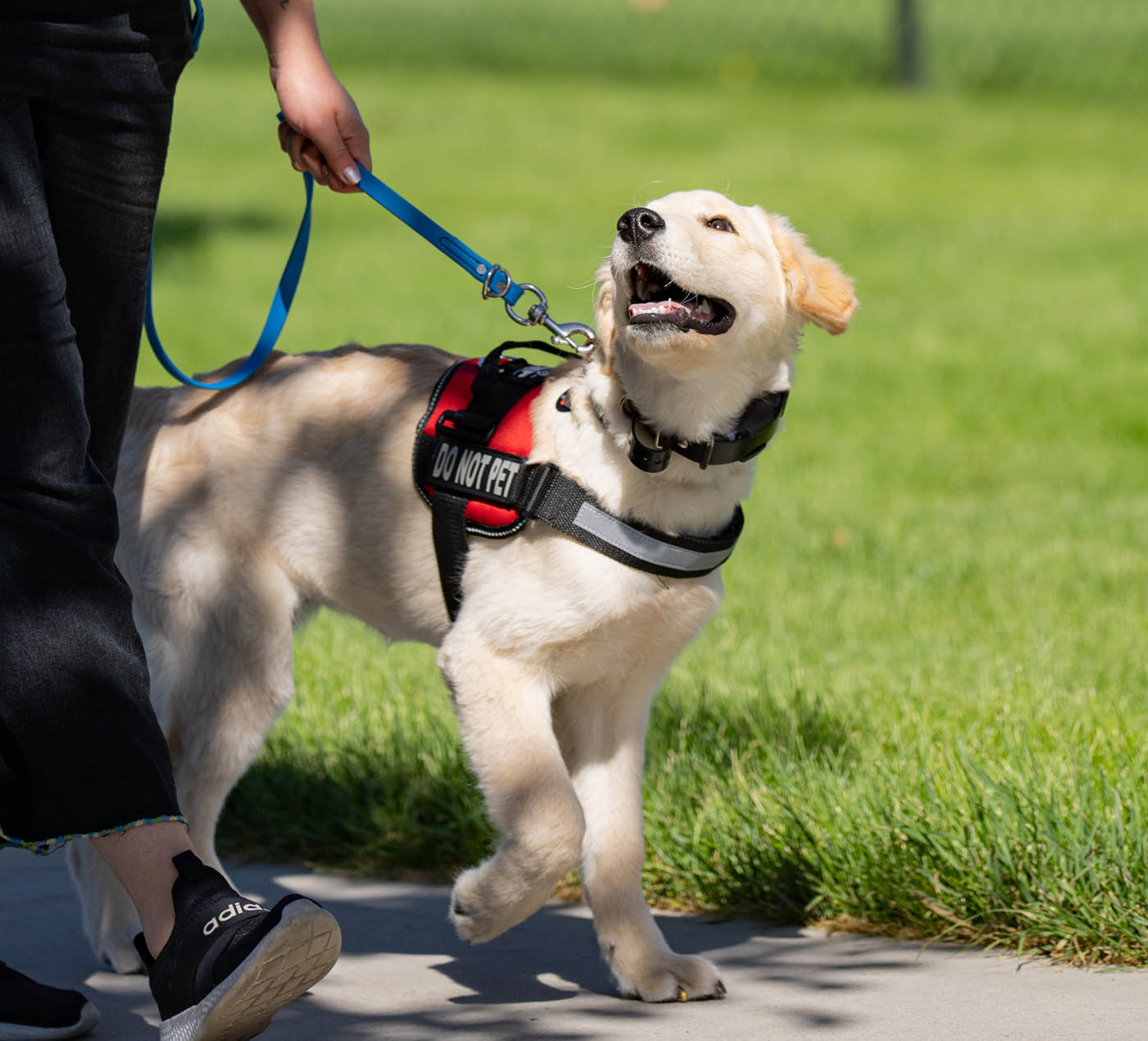Master Vital Commands: Efficient Canine Training Facilitated
Efficient pet dog training is a fundamental aspect of responsible family pet ownership, and grasping essential commands offers as the foundation for a harmonious connection in between trainer and pet dog. Understanding the subtleties of canine behavior and the training process is vital; nonetheless, the trip to a trained pet dog frequently provides unanticipated difficulties that call for attention.
Understanding Your Pet dog's Behavior
To realize the subtleties of effective dog training, it is necessary to break down and examine your pet dog's actions. Dog training. Comprehending the inspirations behind your dog's actions is important; behaviors can come from reaction, anxiety, excitement, or a desire for focus. By observing your pet in different situations, you can identify patterns that might suggest underlying feelings or needs
As an example, a pet that barks excessively may be revealing dullness, stress and anxiety, or a need for social communication. Conversely, a pet that displays destructive behaviors could be seeking excitement or remedy for tension. Identifying these triggers allows you to customize your training method successfully.
Additionally, it is vital to take into consideration the pet dog's type characteristics, as they can influence actions substantially. Some types are inclined to particular attributes, such as herding or securing impulses, which can impact their reactions to particular stimulations.
Last but not least, uniformity in your actions to your dog's behavior fosters a much better understanding in between you and your pet. This shared understanding is fundamental for building trust and helping with an efficient training procedure that supports both behavioral adjustment and positive reinforcement.
Essential Commands to Teach
Educating necessary commands is a basic facet of reliable dog training, providing the foundation for a well-behaved and responsive pet dog. These commands not only improve interaction in between the owner and the canine yet additionally make certain security in various settings.
One of the most crucial commands include "Sit," which urges your pet dog to stay stationary and tranquil; "Keep," which reinforces the idea of remaining in one place until launched; and "Come," which is crucial for recalling your dog from possibly harmful scenarios. "Down" shows canines to exist down, promoting relaxation and control, while "Leave it" aids protect against canines from selecting up hazardous or unwanted products.
" Heel" is another essential command that motivates your pet to stroll carefully close to you, enhancing chain good manners. "No" serves as a critical boundary-setting command, helping to remedy undesirable habits.
Training Methods for Success
Efficient pet training depends greatly on employing a variety of techniques that deal with both the pet dog's understanding design and the proprietor's training goals. One crucial technique is positive reinforcement, which entails gratifying preferred habits with deals with, appreciation, or play. This technique encourages the pet dog to duplicate those behaviors, promoting a solid bond between owner and animal.

Another reliable strategy is clicker training, where an unique noise, made by a clicker, marks the exact moment a pet carries out a desired action. This precise timing helps dogs associate the behavior with the reward, boosting their understanding.
Uniformity is critical in all training methods. Establishing clear commands and preserving the exact same hints helps the pet grasp expectations more quickly. Furthermore, brief, interesting training sessions prevent dullness and rise retention.
Integrating socializing opportunities is likewise crucial. Exposing pet dogs to various environments, individuals, and other animals aids them establish self-confidence and adaptability.
Last but not least, patience plays a substantial duty in successful training - Dog training. Each pet dog discovers at their own speed, and comprehending this can cause a more enjoyable training experience for both the owner and the canine. Carrying out these techniques will certainly set the structure for effective canine training
Common Difficulties and Solutions
Regardless of from this source the best training techniques, pet owners frequently come across common obstacles that can hinder progress. When household participants use various commands for the very same habits, it confuses the canine, leading to irregular feedbacks.

In addition, some pets may display stubbornness or lack motivation. This can frequently be dealt with by incorporating favorable support techniques, such as deals with or praise, to encourage preferred habits. Customizing incentives to what your dog discovers most motivating can dramatically improve their involvement.
Lastly, anxiety or anxiety can hinder progression in training. Identifying indicators of tension and changing the training pace accordingly check here is essential. Utilizing steady exposure to feared stimuli can help build confidence over time, facilitating a much more reliable training experience.
Keeping Uniformity and Perseverance
Uniformity and persistence are vital in dog training, as they create the structure for attaining lasting behavioral changes. Dogs grow on routine and clear assumptions; thus, maintaining a regular approach in commands, rewards, and improvements is important. When fitness instructors make use of the very same signs and signals accurately, pets are better able to understand what is being asked of them. Incongruity can result in complication and frustration, undermining the training procedure.
Equally crucial is the function of persistence. Training a pet dog is not a rapid procedure; it calls for time and repeating. Pet dogs, just like human beings, have differing learning paces and might not comprehend commands instantly. discover this Trainers have to acknowledge this and continue to be tranquil, providing encouragement instead than stress. Positive reinforcement plays an essential duty below, gratifying desired habits and helping to cultivate a relying on partnership in between the dog and instructor.
Final Thought
Mastering essential commands is essential to effective pet training, fostering improved communication and reinforcing positive habits. The application of favorable support methods, combined with consistency and perseverance, considerably boosts the training experience for both the dog and handler. Resolving usual obstacles with sensible services better sustains the training process. Ultimately, a well-trained pet not only displays etiquette however likewise establishes confidence, adding to an unified connection between the pet dog and its proprietor.